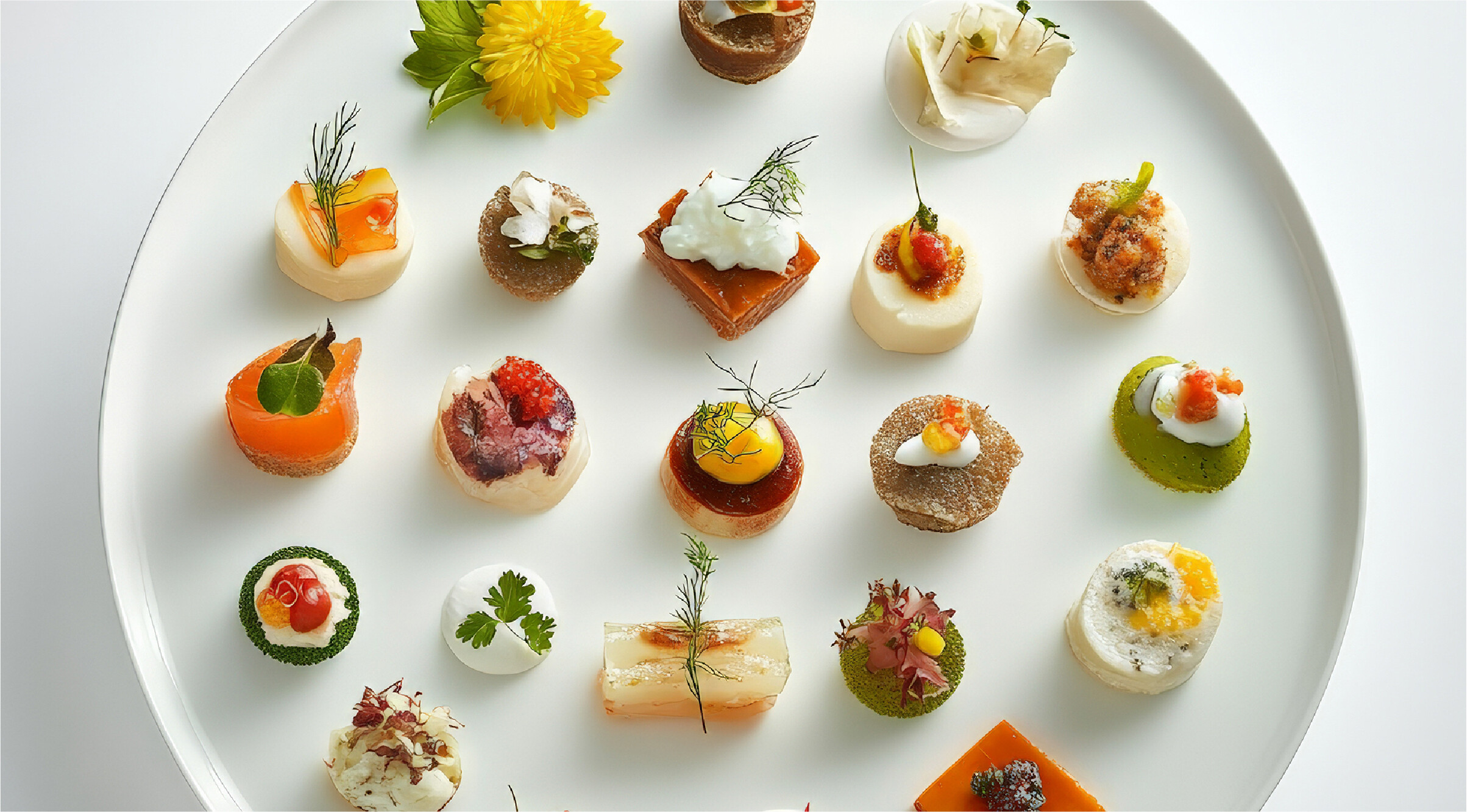Why Pickle Flavor Is the Star of 2025
If someone told you ten years ago that pickle would be the darling of flavor innovation, you might’ve puckered your lips in disbelief. But here we are—mid-2025—and pickle isn’t just a condiment anymore—it’s a cultural and sensory force.
Over the past year, Google searches for “pickle” increased by 3,800%, and TikTok content using the hashtag #pickle reached 3.7 billion views, signaling broad, sustained consumer interest in today's pickle trends.
This isn’t about actual pickles sitting next to your sandwich. We’re talking about pickle flavor—a complex, craveable profile that’s barging into snacks, cocktails, protein bars, and yes, even desserts. These innovations underline major Pickle Trends in the market. And while it might seem like a TikTok-fueled gimmick to the untrained tongue, this trend is about chemistry, psychology, culture, and—most importantly—opportunity.
So let’s get into it: What makes pickle flavor tick? Why is it having a moment? And how can flavorists turn this trend into a strategic advantage?
A Tangy Timeline: How We Got Here
In the flavor lifecycle, pickle has moved at warp speed from niche novelty to near-ubiquity. Once relegated to quirky chip varieties and barroom cocktails, pickle flavor has elbowed its way into the spotlight. It now shows up in everything from frozen snacks and dips to canned drinks and cereal aisle experiments.

What’s behind the surge? A few key factors:
Flavor intensity
Consumers—especially Gen Z—are seeking big, bold, adventurous tastes. Pickle hits hard on acid, salt, umami, and aromatics. It’s the flavor equivalent of a cymbal crash.
Familiarity meets edge
There’s something both comforting and wild about pickle flavor. It’s a known quantity that feels new in unexpected contexts.
Gut feelings
With fermented foods and gut health on trend, pickle (or at least the idea of fermented things) has a health halo, even when the application isn’t particularly probiotic.
And the numbers back it up. In 2024, search interest in pickle-flavored products surged by over 300%, and social media content tagged with #pickleflavor tripled across major platforms. One major trend firm noted 63% positive sentiment around pickle flavor among U.S. consumers, making it one of the highest-rated sour flavor profiles in the food innovation space.
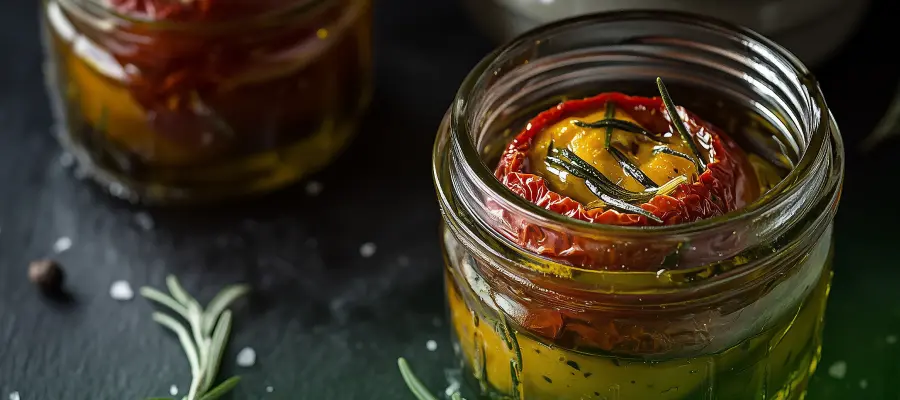
The Science of Sour: Why Pickle Works
At its core, pickle flavor is a masterclass in balance. It’s not just vinegar and salt—it’s a nuanced composition of acids, herbal volatiles, sulfur compounds, and spice notes. Think acetic acid meeting dill ether, mustard seed aldehydes, garlic sulfur, and sometimes a whisper of sweetness or chili heat.
This multi-dimensionality makes it an excellent base for exploration. Want it bright and briny? Emphasize acetic and lactic notes. Prefer it smoky or spicy? Layer in phenolics and capsicum. Seeking a smoother finish? Introduce mild lactones or fatty acid esters to round it out.
From a formulation standpoint, the challenge is replicating that fermented depth without actual fermentation (for shelf life and regulatory reasons). Encapsulation, controlled acid release, and natural extract balancing all play a role here. Shelf-stable pickle flavor isn’t just a vinegar bomb—it’s a delicate balancing act with a strong nose. This technical feat is driving new pickle trends.
Flavor Crossovers: Beyond the Sandwich
Flavor Crossovers: Beyond the Sandwich
The real fun begins when pickle escapes its savory roots. It’s found unlikely—but shockingly successful—pairings in sweet-and-salty snacks, dairy-based dips, sparkling beverages, and meat analogues. In 2025, we even saw pickle-inspired ice cream go viral—not because it was weird, but because it worked. That viral success epitomizes the breadth of pickle trends.
Some flavor pairings that are leading the charge:
Strategy for Flavor Professionals: Don’t Just Follow—Innovate
Here’s where things get serious. Pickle trends isn’t about copying what’s hot. It’s about understanding why it’s hot—and using that insight to build next-gen applications.
R&D Tips:
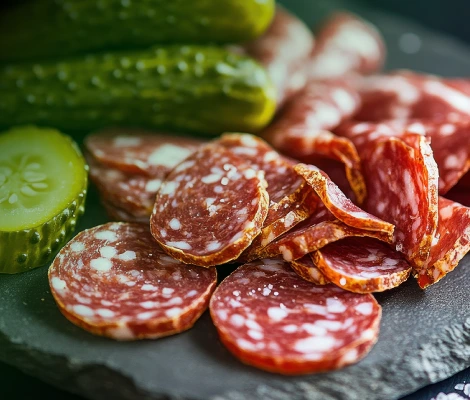
Start with brine
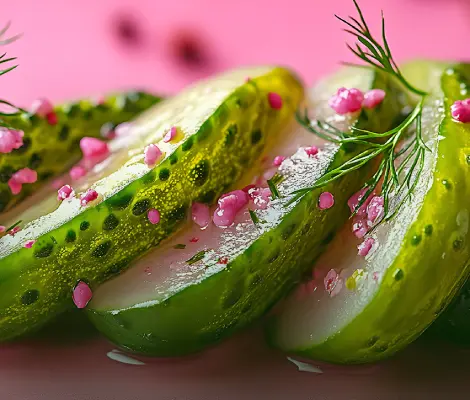
Don’t forget aromatics
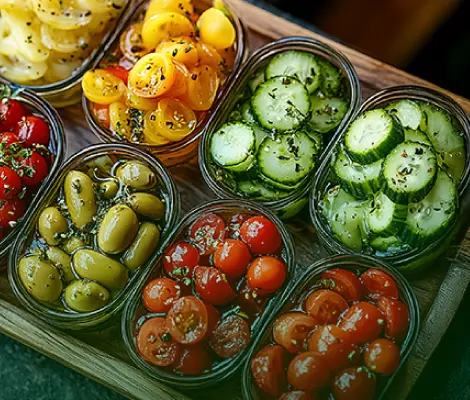
Use sour strategically
Product Development Watchouts:
- Acid fatigue is real. Overly aggressive pickle notes can dominate and alienate consumers.
- Clean-label demand is high—if you’re creating synthetic pickle notes, make sure you have a compelling sensory justification.
- Use it to support other flavors. Pickle works brilliantly in blends: think pickle + smoke, pickle + herb, or pickle + pepper.
The key is to treat pickle not as a novelty, but as a tool. A flavor enhancer. A character note that can surprise and delight without overpowering. Done right, it can elevate your next-gen product line.
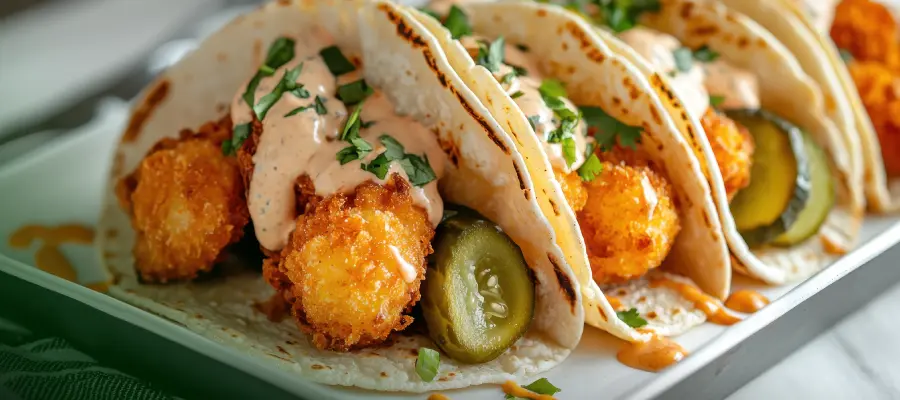
What’s Next: The Future of Pickle Flavor
Is this a flash in the brine? Not likely.
Pickle is transitioning from a stunt flavor to a staple. Its application is expanding not just in terms of products, but also in regionality. Global brining traditions—Indian achars, Korean kimchi brines, Japanese tsukemono—are already influencing Western interpretations.

Expect to see:
- Fermented blends: using kombucha, miso, or koji brine analogues
- Health-forward formats: electrolyte shots, gut-friendly drinkables
- Cultural mashups: pickle-tamarind, pickle-yuzu, pickle-habanero
- Encapsulation for acid management: delayed-release flavor bursts or multi-layered flavor experiences
For flavor professionals, this means opportunity at every level—from technical formulation to trend-driven storytelling. Whether you’re designing for foodservice, CPG, or functional wellness, pickle’s versatility and crowd-pleasing chaos make it a high-impact player.
Final Thoughts: The Pucker Is Just the Beginning
Pickle flavor may seem like a culinary prank gone too far, but peel back the vinegar and what you have is a flavor system that checks all the boxes: bold, flexible, craveable, and rooted in real food traditions. It’s a rare case where consumer obsession and sensory science align. It’s a testament to sustained pickle trends.
So the next time someone asks you if the world really needs another pickle-flavored product, just smile and say: “Only if it’s a good one.”
Because when it comes to flavor development, a little pucker goes a long way.
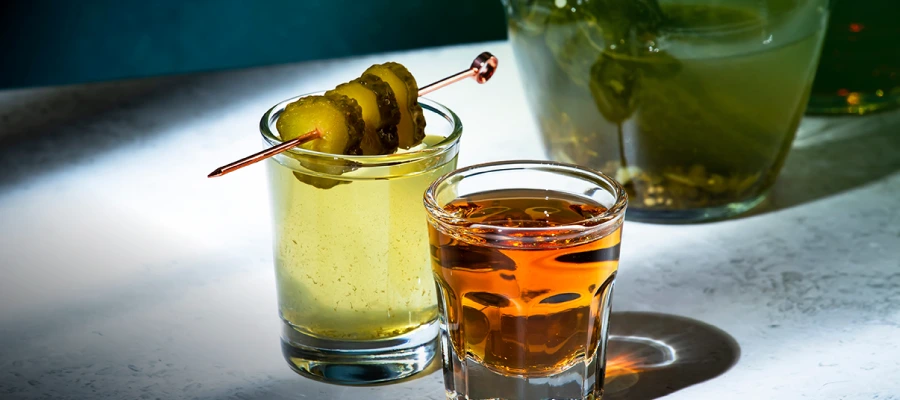
Insights & Trends
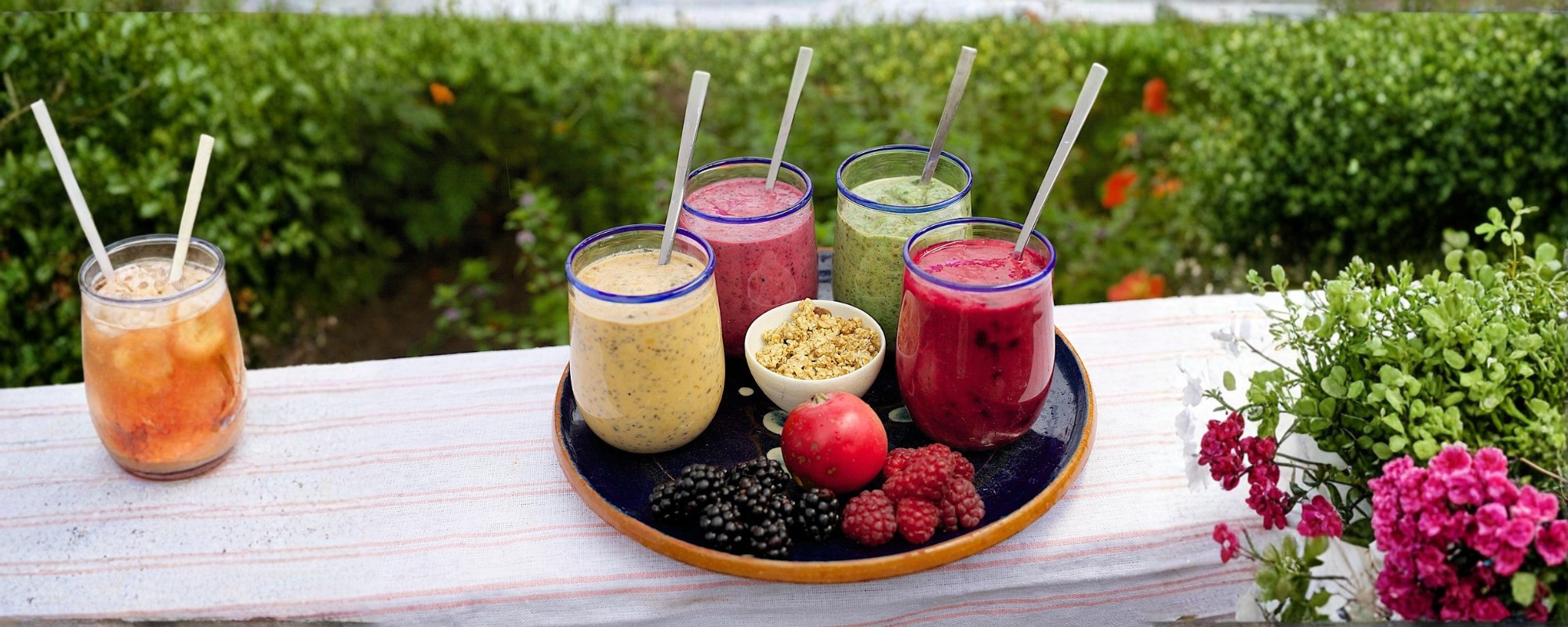
Function in Disguise

When Texture Talks Louder Than Taste
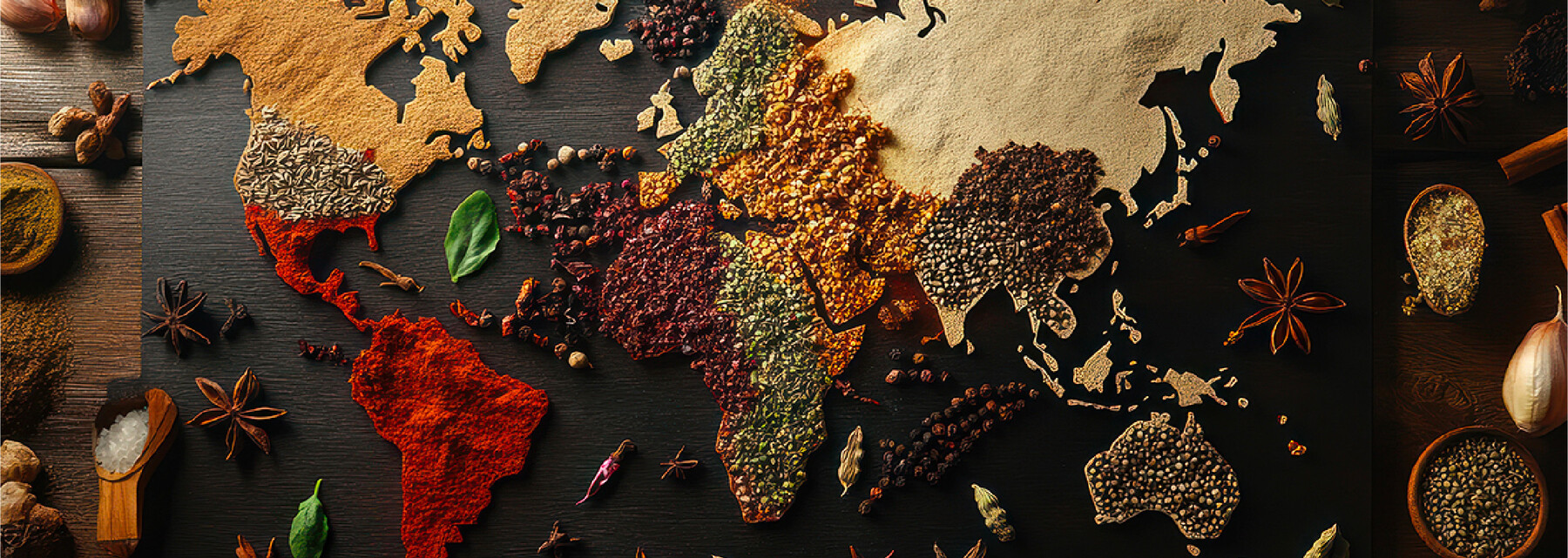
Spice. Sprinkle. Savor.
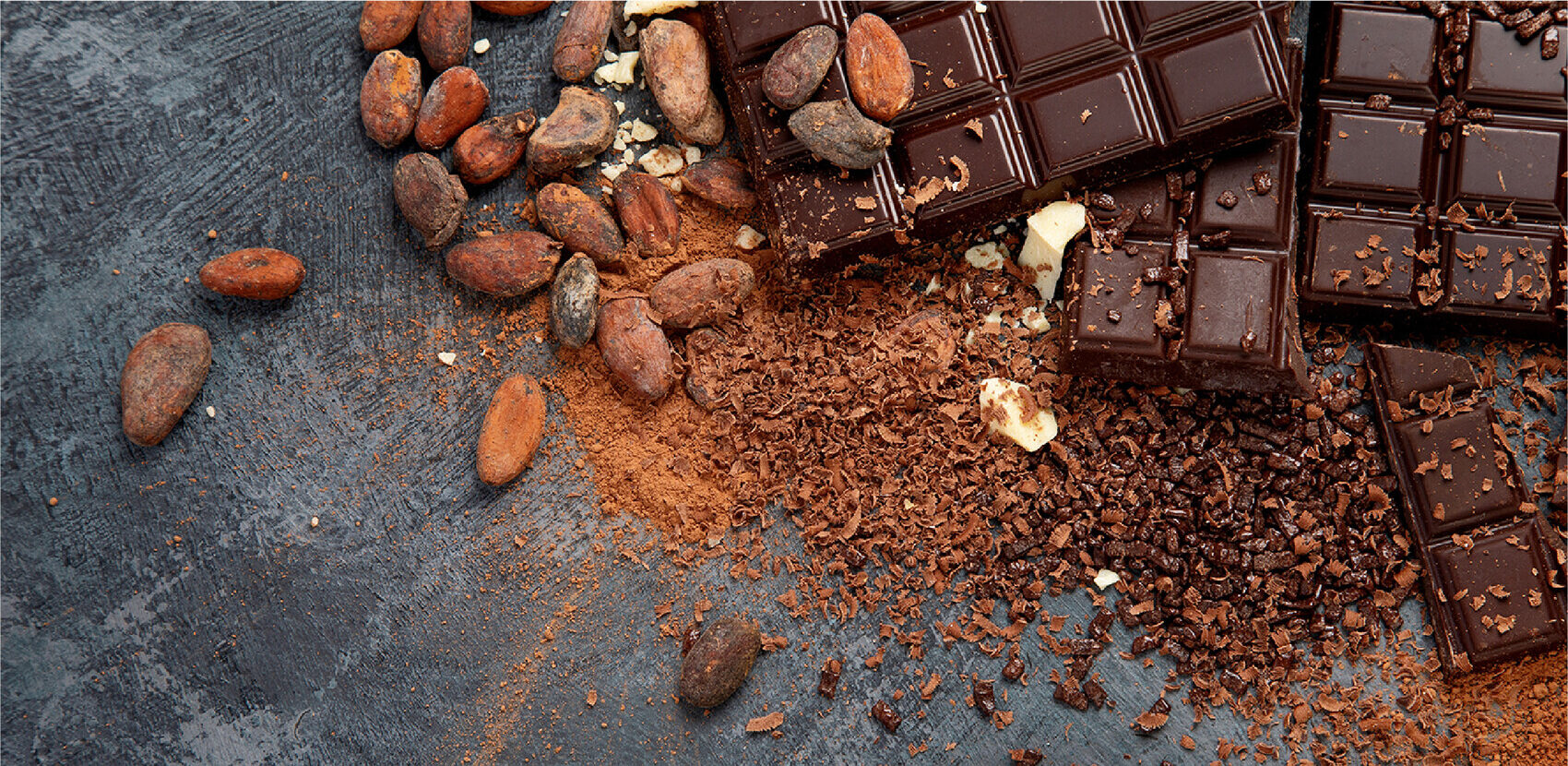
When Less Is More

From Snack to Savor

Precision Fermentation
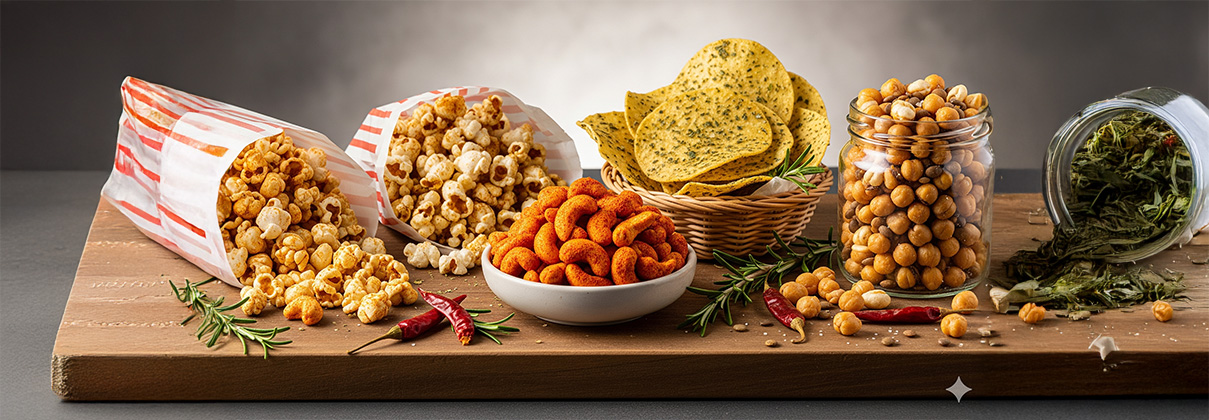
Snackification Nation
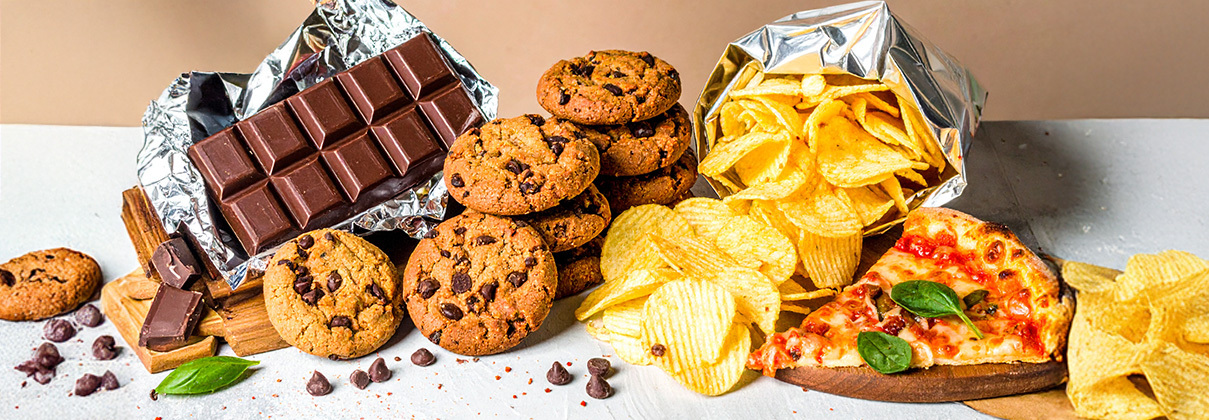
Snack to the Future

Fizz With Benefits
